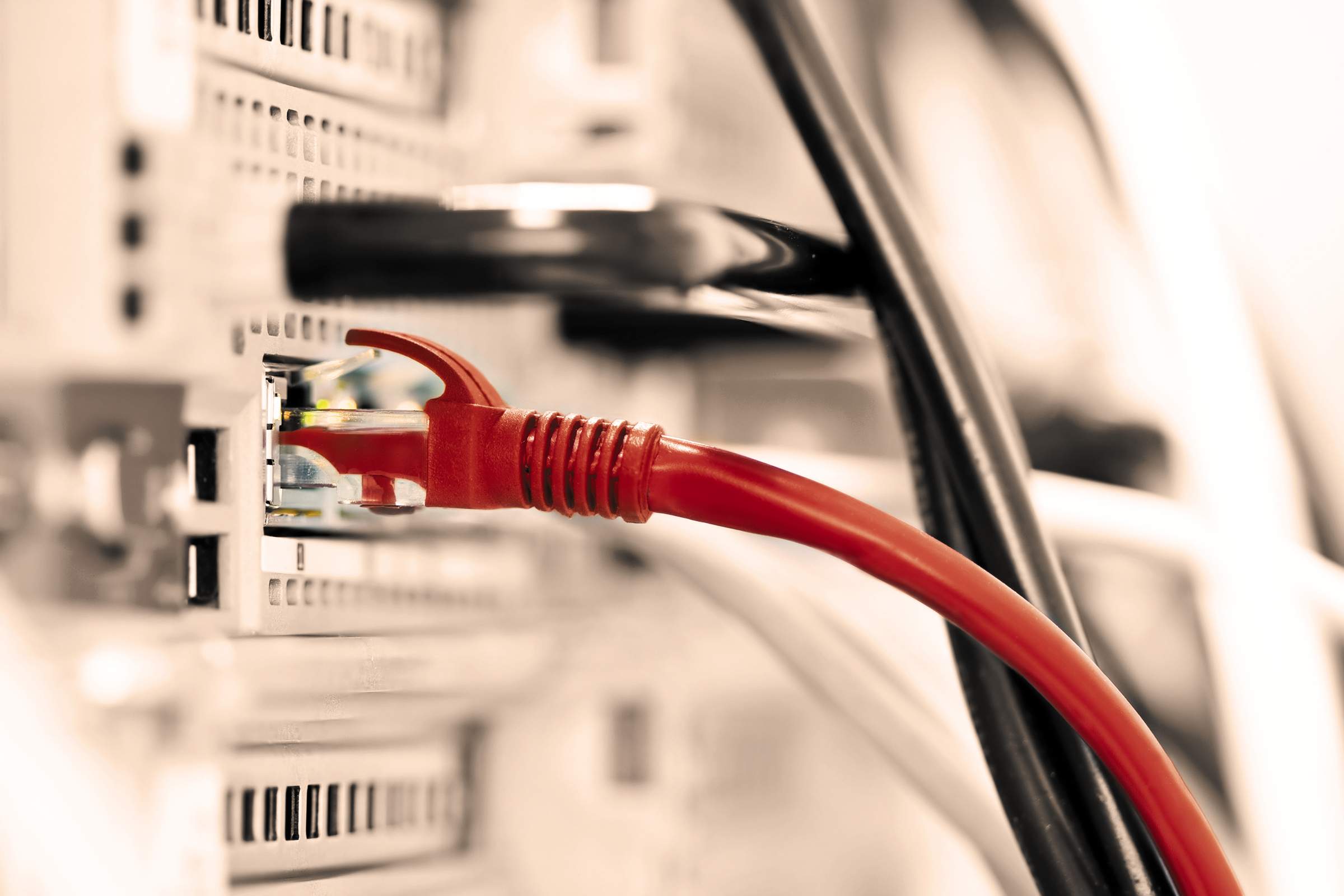EFM or Leased Line – Things to Know Before Opting Anyone for Your Business
-
November 29, 2022
-
5 min read

The internet has become the backbone of businesses in today’s digital economy. Having a robust digital infrastructure is a prerequisite for the smooth functioning of any business today and is one of the major expenses in which businesses invest. As digital becomes the new reality for businesses of every kind, low cost, high speed, and reliable internet connectivity become critical for business continuity.
Deciding on the kind of internet connectivity solutions for business needs can be difficult. Many business owners have a hard time picking between connections like EFM (Ethernet First Mile) or leased lines. This article will discuss the key aspects of both to help businesses make the right choice.
Getting the basics right
Nowadays, the exchange of data has become simpler thanks to the availability of fast broadband. More and more enterprises are choosing the cloud to manage and store their data rather than maintaining it in-house. While this is a low-maintenance option, it has its limitations, too, mostly due to the use of the conventional ADSL model (Asynchronous Digital Subscriber Line), where download speed is slower than the upload speed. This can be a problem when the amount of data that needs to be uploaded is vast, as in the case of a lot of businesses. But today, there are options available to solve this issue, namely EFM and leased lines.
Choosing between EFM and leased lines can be tough. Let’s understand each of these solutions and things to consider before opting for either one.
What is Ethernet First Mile (EFM)?
EFM delivers synchronous exchange of data through copper wires or circuits that are already in the ground. In EFM, the number of copper wires used to create the circuit has an impact on the speed. For instance, a two-wire circuit will provide a lesser Mbps speed than a four-wire one. The speed also depends on the length of the copper wire installed for the connection.
Advantages of EFM
As stated above, EFM allows for synchronous data exchanges, making it faster than conventional connections. Since it is based on linked circuits, it is robust and tolerant to failure. Even if one of the circuits fails or the speed is slow, the connection continues to work. EFMs are also not a shared connection in most cases, thereby ensuring security.
When should businesses choose EFM?
EFM connections are faster than ADSL ones. They are quicker to install and budget-friendly as well. These properties make EFMs an apt choice for small businesses or an enterprise that does not require a lot of data exchange.
However, despite its advantages, EFM is an old piece of technology, giving way to other options like FTTC (Fibre-to-the-cabinet) or FTTP (Fibre-to-the-premise) when the bandwidth needs are not too high. So, this might not be a very good option in the long term, especially if the business has no plans of moving their premises.
Must Read: Ethernet Over Copper vs Fiber Internet
What is a leased line?
A leased line is a fibre-based high-speed internet connection installed exclusively for a business or premise. This solution is great for larger businesses where the speed and data exchange needs are massive.
Advantages of leased lines
Leased lines work on static bandwidth, which means there is 100% bandwidth utilisation since the connection is not shared by anyone else. Leased lines also provide symmetrical upload and download bandwidth and uninterrupted data exchange, allowing for faster exchange of large amounts of data.
When should businesses choose leased lines?
Leased lines are perfect solutions for large organisations where the amount of data utilisation on a day-to-day basis is huge. However, the higher the speed required, the higher the cost. Since leased lines are exclusive, the chances of downtime are low, ensuring business continuity. This can be a huge factor for online-based businesses like e-commerce enterprises, aggregator platforms, or tech firms.
EFM vs leased lines: Which one should you opt for?
Businesses that have huge data requirements should prioritise leased lines since these are dedicated lines. They ensure higher speed and faster exchange of copious amounts of data. However, leased lines take time to install since they use a high-quality fibre line for the connection. This is unlike EFMs, where there is a possibility of using existing infrastructure. So, if your business cannot wait, it is practical to start with EFMs or other broadband connections and move to leased lines once the installation is done.
Another major advantage of leased lines is that they are scalable without the need for an additional hardware component. So, even if you are a small business but have huge data requirements or will have such needs in the future, it makes sense to prioritise budgets for leased lines.
The final word
Often, budget is one of the primary factors that business owners or IT heads consider while choosing between EFM and leased lines. But beyond that, there are a lot of other aspects that business owners should consider before making a decision. These include:
- Data requirements
- The impact of internet disruptions on the business
- Time required for installation
- Security and privacy concerns
- Long-term business plans
Leased lines are perfect in scenarios when the data requirement is vast, and businesses can invest both time and budget on the internet infrastructure. Even small internet downtimes can impact business continuity and result in huge losses. This is why large businesses tend to go for leased lines.
On the other hand, EFMs are perfect for small businesses where the data requirement is decent. They offer business-grade connectivity at an optimised cost and easy installation. Businesses should opt for EFMs when they have to get going as fast as possible.
Airtel’s connectivity solutions can empower your business with fast, secure, and seamless connectivity. Find out more about solutions for all your business needs @Airtel.
 Share
Share












